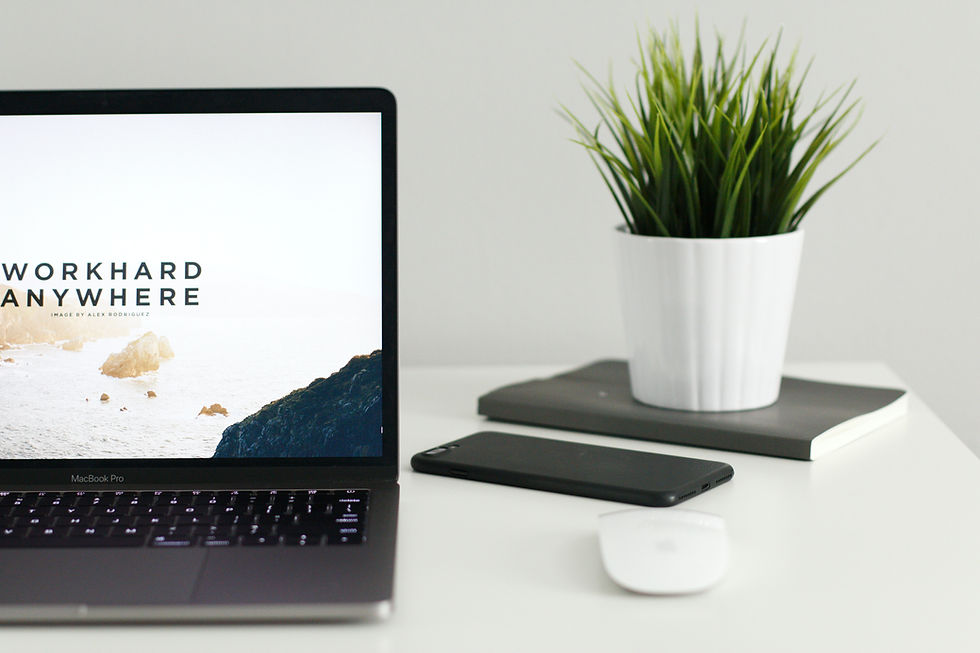Hybrid Hiring Strategies: What’s Changed and What Hasn’t
- Harvey Richmond

- Apr 15
- 2 min read
Updated: Apr 28
The shift to hybrid work wasn’t just a COVID-era trend — it’s become the norm for a huge slice of the workforce. But while the flexibility is here to stay, not every company has adapted their hiring strategy to match.
Some are still operating with pre-pandemic assumptions: that candidates will jump through hoops for the “privilege” of flexibility, or that office culture is something you can just summon by mandating a few in-office days.
But here’s the thing: the talent market has evolved. And companies who want to stay competitive need to evolve with it.
Hybrid Work Isn’t a Perk Anymore — It’s a Baseline
Once upon a time, “remote-friendly” was a sweetener. Now it’s the default expectation for many professionals — especially in tech, digital, and professional services roles. To compete for top talent, businesses need to evolve their hybrid hiring strategies — not just their remote work policies
When businesses treat hybrid work like a perk to be earned instead of a standard to be respected, they risk alienating exactly the kind of talent they want to attract.
What top candidates want today:
Flexibility with boundaries — clear expectations on when and how work happens
Asynchronous-friendly workflows — not everything needs a Zoom call
Outcome-focused leadership — trust your team to deliver, don’t track keystrokes
Inclusive culture, regardless of location — hybrid shouldn’t mean out of the loop
Why Hybrid Hiring Strategies Need a Rethink
What’s changed:
Candidates expect remote or hybrid options as standard
Virtual interviews are now the norm and can be a major brand moment
Offer speed matters more — talent has more options and fewer location constraints
Onboarding has gone digital — sometimes for the better, sometimes not
What hasn’t:
People still want to feel valued and connected
First impressions still count, no matter the format
Culture, leadership, and growth still drive long-term retention
Poor onboarding is still one of the top causes of early turnover
Mistakes We Still See Too Often
Despite all this, plenty of companies are still falling into these traps:
Dragging out the process because “we’re not sure how to run remote panels”
Mandating days in the office without explaining why
Onboarding new hires with one email, one Zoom call, and then radio silence
Confusing presence with performance
Hybrid work isn’t the problem — misaligned expectations and outdated hiring practices are.
What Great Companies Are Doing Differently
Here’s what we’re seeing from organisations getting it right:
Designing remote-first processes, even if the team is hybrid
Investing in digital onboarding — think buddy systems, team intros, and early wins
Clarifying flexible policies in the job ad, not after the offer
Training leaders on managing distributed teams, not just hoping it works
Prioritising belonging from day one — location should never limit inclusion
Final Thoughts
Hiring has always been a mirror of your culture. In a hybrid world, that mirror gets sharper.
Candidates can see through vague promises and poorly run processes faster than ever — and they have more choices than ever, too. If you want to attract the best, you need to meet them where they are.
That means clear expectations. Thoughtful processes. And a culture that makes flexibility work — not just allows it.
Because hybrid isn’t just a location setting. It’s a mindset.






Comments